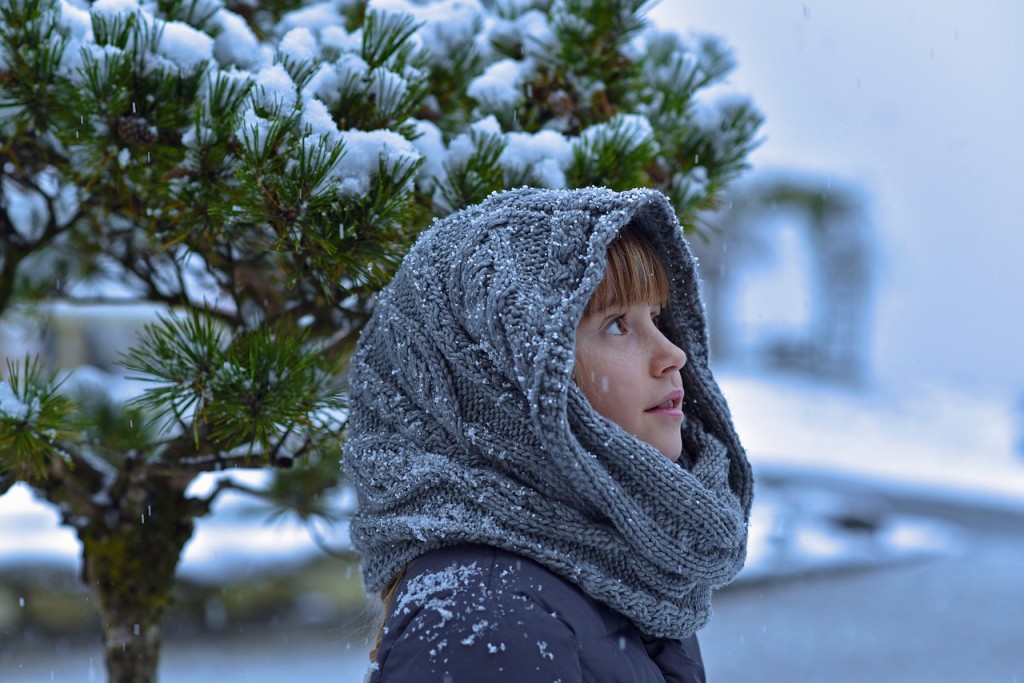Although thought of as an art, High Touch High Tech of South Florida uses this pulp recipe for paper-making science. You can use this activity not only to teach students how they can make their own recycled paper, but also teach students the value of recycling.
The following recipe & instructions come to us from High Touch High Tech of South Florida. Here’s how you do it!
To Get Started You’ll Need To Gather:
- Either a blender or hand blender
- Water source and measuring cup
- 2 – Full Sheets of Newspaper- Shredded
- 1/2 – Cup of Flour
- 12 – Sheets of Toilet Paper
- 2 – Paper Towels
- 1 – Gallon Size Ziploc Bag
- 1 – Towel or felt to spread out wet paper for drying
Set up in an area where a wet mess will be easy to clean up. Probably outdoors would be best at first.
First, tear up & shred the newspaper into pieces. You will only need a couple sheets to get started, our recipe calls for 2 sheets of newspaper. If you are in the mood to mix it up a bit, you can use any type of papers with different textures, such as construction paper scraps, used computer paper, pages from old magazines etc. Colored paper is fun too! The more newspaper you use, the thicker and lumpier your resulting paper will be. We found construction paper gave us a fine, smooth paper that was flexible. Play around & find the mix you like best.
Add the shredded newspaper scraps into the blender, making sure you don’t over pack the blender. Next, fill the blender with approximately four cups of water. First, turn the blender on & press the “puree” button for about 30 seconds. This helps break down the paper quickly & helps eliminate clumps or large pieces. Now you’re ready to blend on the “liquefy” setting for 1 1/2 to 2 minutes, until the paper is no longer recognizable and looks “pulpy”. Watch your blender carefully as you don’t want to burn out the motor.
Once the pulp is ready, it is time to press out the excess moisture. Place your cloth towel, laying flat in the bottom of the sink. Pour the pulp directly into your cloth towel. Using the towel, squeeze out the excess water. Hint: the more water you remove at this step, the less time it takes to dry! With all the excess moisture gone from the pulp, you are almost finished!
If you don’t plan to use your pulp right away, seal it in an airtight bag and store it in the freezer. Simply thaw the pulp when you are ready to use it. This recipe makes 1 batch of pulp, enough for one class or 20 kids. To make paper, place a small amount onto a piece of aluminum foil. Place a piece of wax paper over the top of the pulp and use a small rolling pin to flatten or shape your paper. Use markers or water color paints to decorate your paper. Additonal ideas include: pull off pieces of the pulp (about the size of a walnut) and let the kids press it into small molds or shape it free form and let it dry. The thicker the form, the longer it will take to dry.
Warning: never dispose of paper pulp down the drain.
High Touch High Tech of South Florida uses this pulp recipe to teach paper-making science. You can use this activity not only to teach students how they can make their own recycled paper, but also teach students the value of recycling. If you think up and perform an experiment with recycled paper, be sure to let us know.
For more information check out High Touch High Tech of SFL: http://www.sciencemadefunsfl.net/





